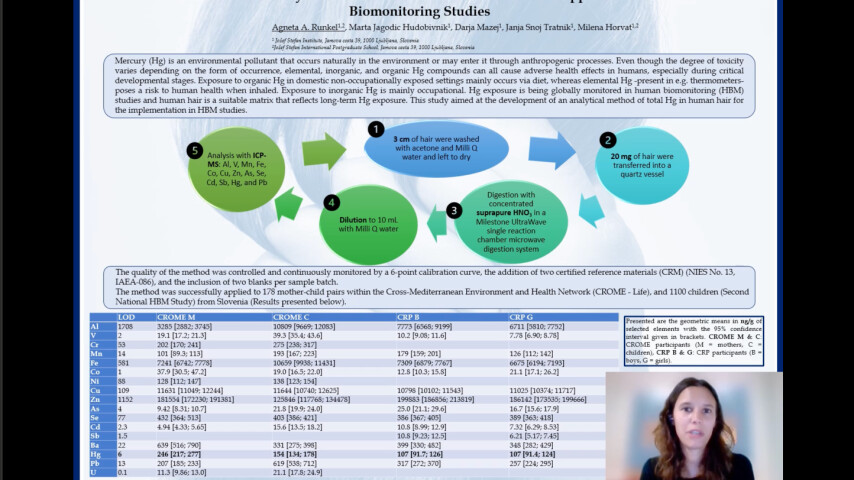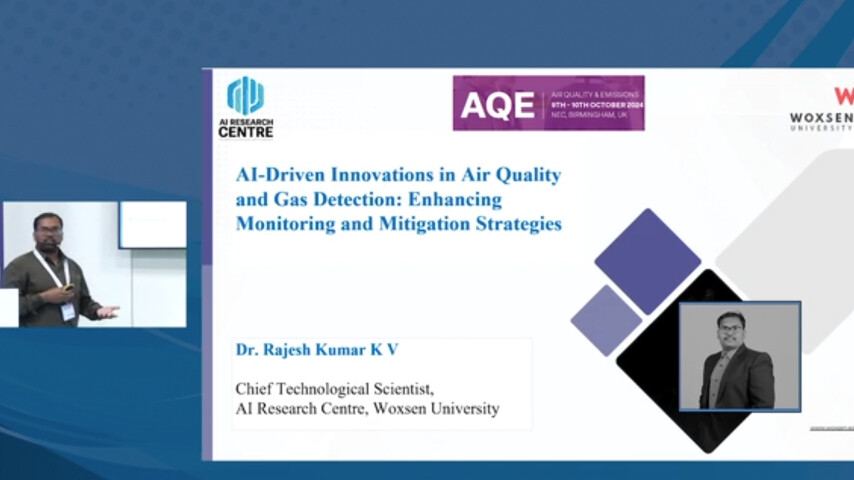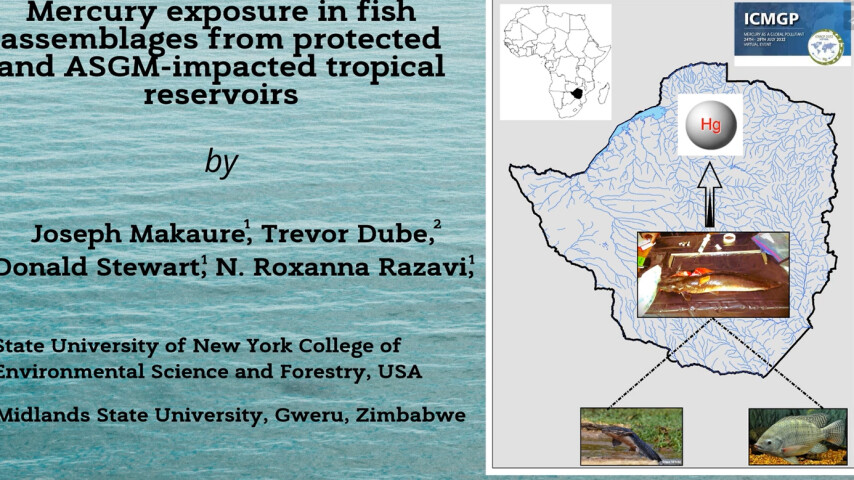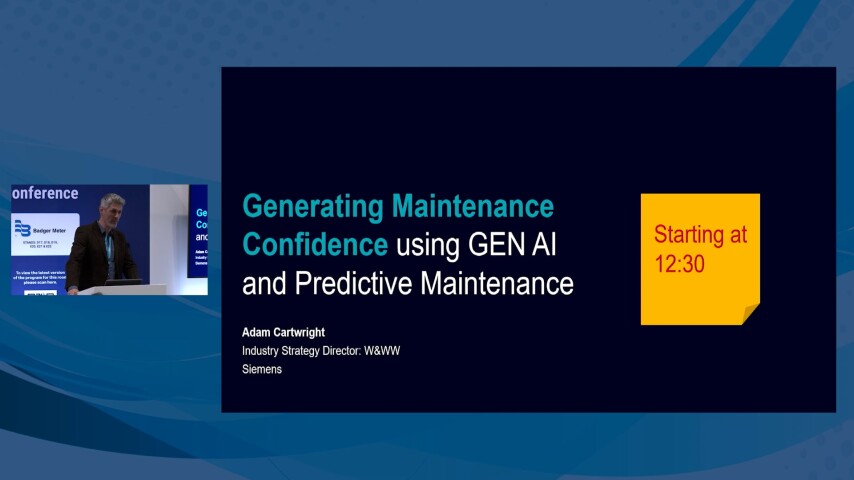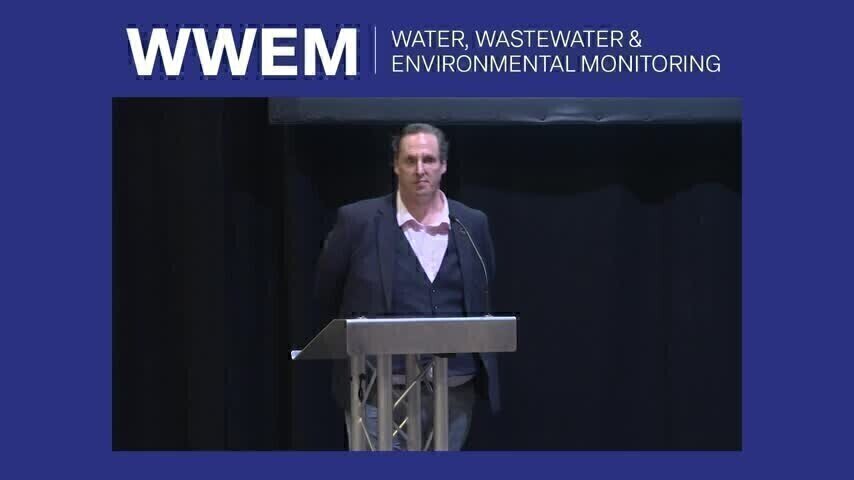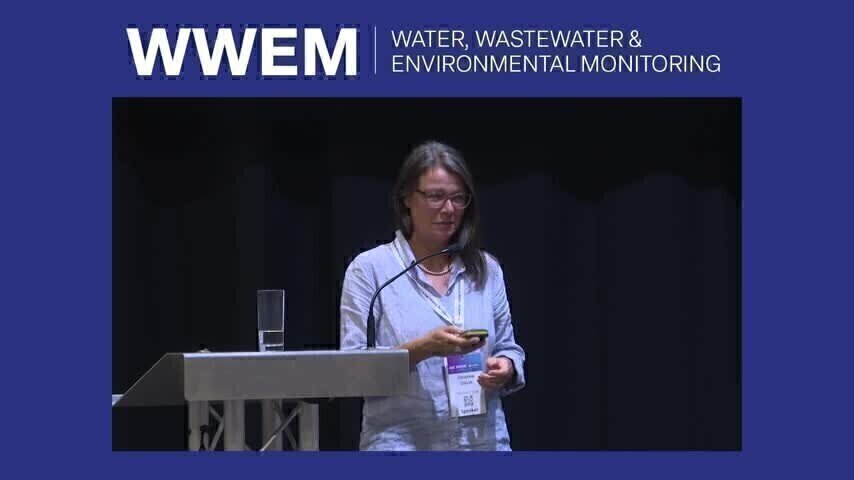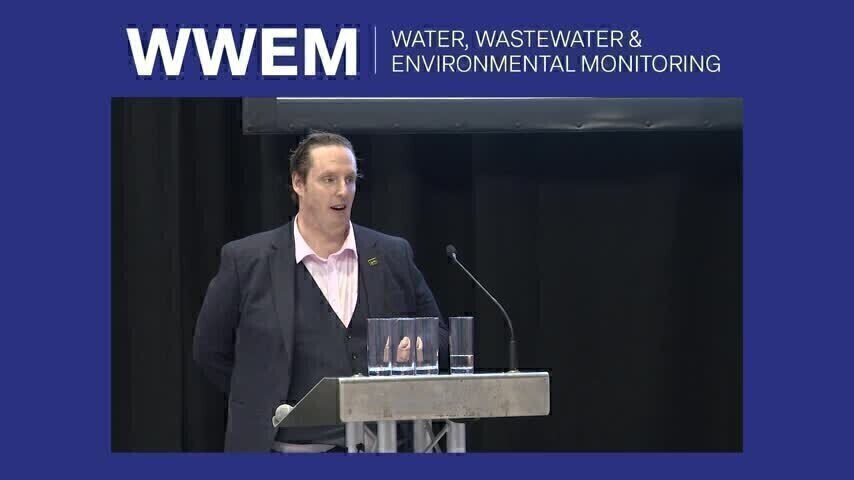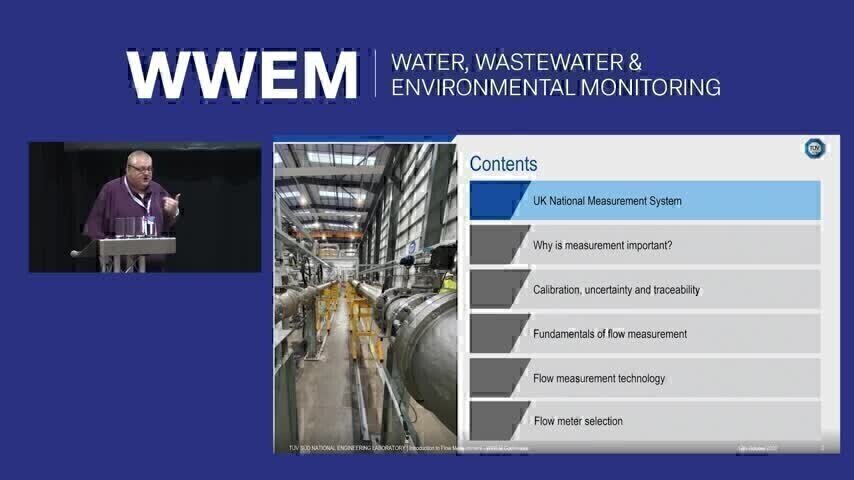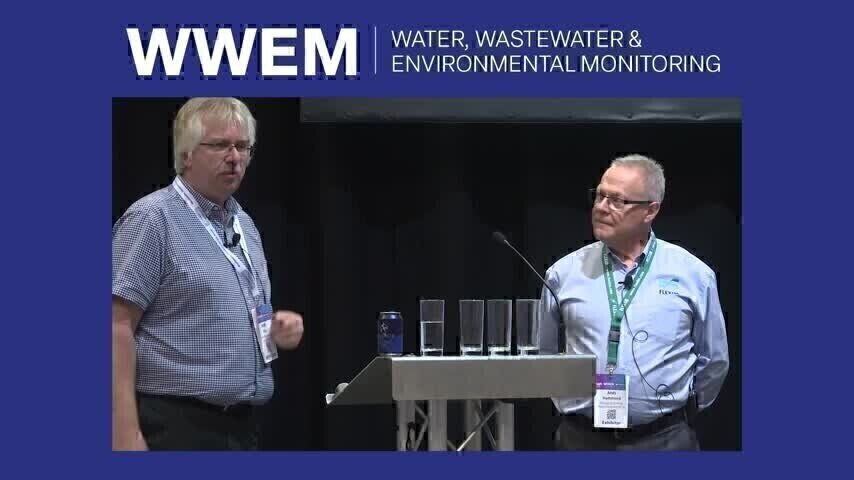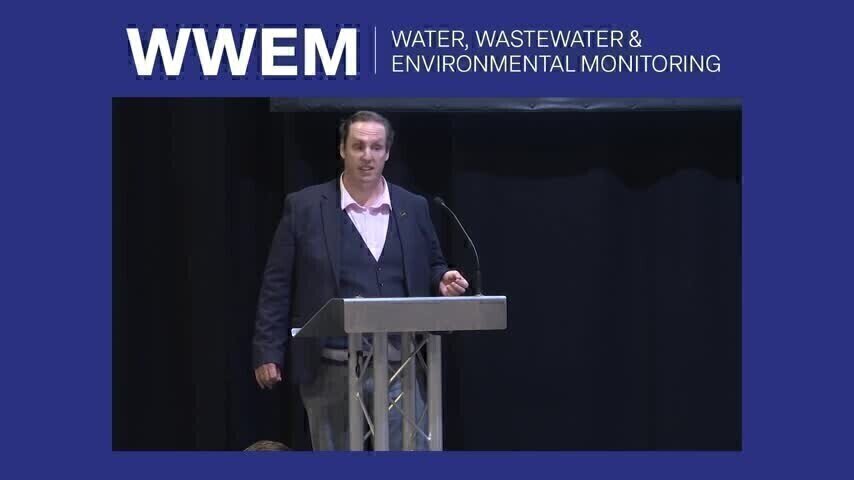Videos
Upcoming Events

Join us for an in-depth exploration of the 2024 spill data, where we move beyond paper headlines to uncover the real story. This webinar will examine water company performance, analyse individual actions taken, and evaluate the current monitoring programs. We'll also discuss groundbreaking innovations in monitoring, challenges on the horizon, and strategies for improving spill management in the future. Gain a clearer picture of the 2024 results and learn how we can collectively drive be...

Join Ian Ross, Ph.D., FRSC, for a deep dive into the challenges and opportunities in PFAS analysis. With over 30 years' expertise, Ian will explore the complexities of PFAS contamination, provide insights on innovative analytical methods, and discuss emerging solutions in environmental management. Don't miss this expert-led session. Key learnings from this webinar Understanding PFAS complexity: learn about the unique challenges posed by PFAS contamination, including its persist...
Videos
Past Events
Dr Agneta Runkel from the Jožef Stefan Institute in Ljubljana, Slovenia, unveiled a novel method for determining mercury and other trace elements in human hair. This method represents a significant advancement in human biomonitoring, providing insights into long-term exposure to toxic elements. Why monitor mercury in hair? Hair is an ideal matrix for biomonitoring due to its ease of sampling, cost efficiency, and ability to reflect long-term exposure. Mercury, a toxic element of...
In this video, Dr Radish Kumar, an information systems professor from India, delivers an engaging lecture on how artificial intelligence (AI) is driving innovation in air quality monitoring and gas detection. His talk highlighted the integration of AI-powered tools with sensor technology, offering predictive analytics to monitor, detect, and mitigate pollution in real time. Dr Kumar emphasized the limitations of traditional air quality sensors, which provide raw data. However, the often...
At the heart of environmental conservation lies the urgent need to address freshwater contamination. This was a topic eloquently unpacked by Joseph Macaulay, a PhD student at the State University of New York. During his lecture, Macaulay shed light on mercury contamination in Zimbabwe’s freshwater systems. Specifically focusing on its impact on fish populations and broader ecological health. Freshwater ecosystems: a crucial yet vulnerable resource Freshwater habitats make up only 0...
Generative AI is revolutionizing industries worldwide. Its potential applications in environmental monitoring and maintenance were highlighted in this thought-provoking lecture. The session explored how generative AI can enable water companies and maintenance teams to enhance their operations, while addressing growing challenges. The speaker began by emphasizing the pressing demands on water companies. Demands such as meeting stringent operational efficiency targets and reducing reactiv...
Combining titration and Vis-Near-Infrared Spectroscopy for higher sample throughput and faster results Monitoring the quality of hydraulic and/or lube oils is critical to prevent premature wear of any kind of machinery. In this session we will look at this topic from a new perspective focusing on the combination of titration (potentiometric, thermometric, coulometric Karl Fischer titration) and Vis-Near-Infrared Spectroscopy (Vis-NIRS). Combining titration (highly sensitive, specific, a...
This Session from the 2022 WIPAC Pollution forum at WWEM includes the following talks… Real time bathing water quality monitoring and public data presentation - Nick Mills - Southern Water Experiences of Ammonia Monitor Trials - Richard Bragg - United Utilities Environmental Monitoring experiences using Multi-parameter sondes - Rob Stevens - Proteus Instruments
This Session from the 2022 WIPAC Pollution forum at WWEM includes the following talks… Citizen Science Takeover - The Rivers Trust
This Session from the 2022 WIPAC Flow forum at WWEM includes the following talks… An update on Flow Measurement programmes from the regulators perspective - Rob Whittaker - Environment Agency An update on Flow Measurement programmes from the water company perspective - Karen Fuller - Thames Water U_MON3 and U_MON4 from an installers perspective - John Curtis - Morrison Water Services
This Session from the 2022 WIPAC Flow forum at WWEM includes the following talk… TUV:NEL Masterclass (a) Flow Measurement Basics (b) Flow Measurement Uncertainty Dr Carl Wordsworth - TUV:NEL
This Session from the 2022 WIPAC Flow forum at WWEM includes the following talks… Developing standard approaches for Clamp-On Ultrasonic Metering within Potable Water Networks - Keith King Anglian Water Weir upgrades in challenging locations - Rob Burton - The Coal Authority An MCERTS Inspectors view of the current MCERTS programme - Jim Corris - Environmental Flow Flow metering installations - Steven French - Z-Tech Control Systems Pipe Monitoring in Remote Locations using NB...
Digital Edition
AET 28.4 Oct/Nov 2024
November 2024
Gas Detection - Go from lagging to leading: why investment in gas detection makes sense Air Monitoring - Swirl and vortex meters will aid green hydrogen production - Beyond the Stack: Emi...
View all digital editions
Events
Jan 12 2025 Abu Dhabi, UAE
Jan 14 2025 Abu Dhabi, UAE
Jan 20 2025 San Diego, CA, USA
Carrefour des Gestions Locales de L'eau
Jan 22 2025 Rennes, France
Safety, Health & Wellbeing LIVE
Jan 22 2025 Manchester, UK
